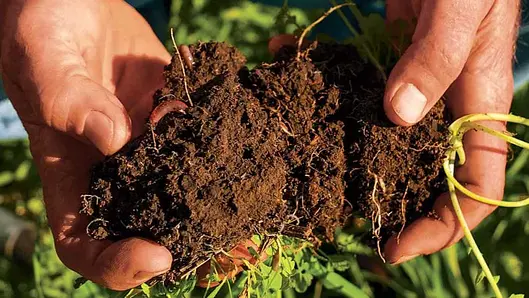5.0

What is... Soil Organic Matter
Soil organic matter is the small but powerful part of your soil that drives water retention, root growth, and long-term lawn health.


What Low Organic Matter Looks Like
Spring
Slow, uneven green-up and thin turf. Low-OM soils stay colder and compacted longer, restricting root activity and early nutrient uptake.
Summer
Rapid dry-down, hot spots, browning, and weeds in open areas. With low OM, water runs off instead of soaking in, roots stay shallow, and turf can’t cool itself.
Fall
Weak color recovery and shallow rooting. Compacted, low-OM soils limit air exchange and root growth just when the lawn should be rebuilding before dormancy.
Compared to healthy soils...
Higher-OM soils warm earlier in spring, hold moisture through summer heat, and recover faster in fall. They resist drought stress and naturally outcompete weeds through dense, vigorous turf.
How to build organic matter.
From cultural practices to professional help, improved soil health translates to improved turf quality.
Question
How does the Premium7 plan help build organic matter in my lawn?
How does the Premium7 plan help build organic matter in my lawn?
Question
Can Basic5 or Core3 improve soil health too?
Can Basic5 or Core3 improve soil health too?
Question
How can I increase organic matter in my lawn soil?
How can I increase organic matter in my lawn soil?
Question
Does aeration or compost make the biggest difference?
Does aeration or compost make the biggest difference?
Question
When is the best time to build organic matter?
When is the best time to build organic matter?
Question
How long does it take to see results?
How long does it take to see results?
Organic Matter Improving Services
Soil Testing & Analysis
Reveals pH, nutrients, and organic matter levels so we can create precise, targeted treatments to improve soil health and turf performance.
Compost Topdressing
Adds organic carbon and beneficial microbes to boost soil health, improve structure, and increase long-term turf resilience.
Core Aeration
Relieves compaction, improves airflow and water movement, and helps compost, roots, and nutrients reach deeper soil layers for healthier growth.
Premium7
Feeds turf, strengthens roots, and supports microbial activity that gradually builds soil organic matter and long-term lawn resilience.